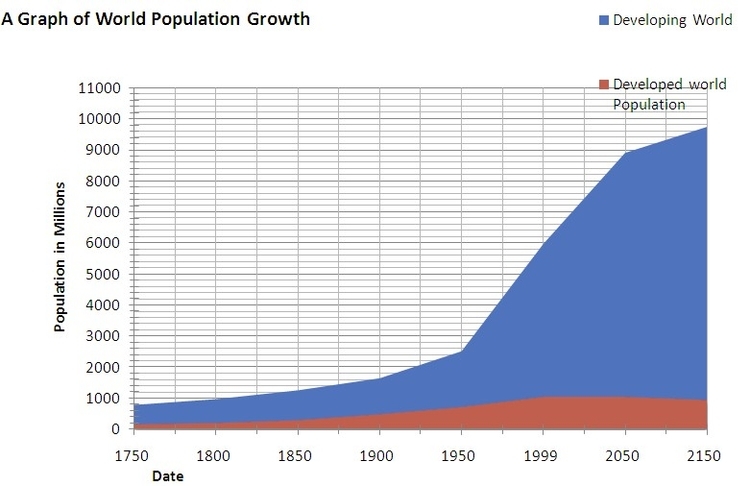
The world’s population has been growing at an unprecedented rate over the past few centuries. According to the United Nations, the current global population is estimated to be around 8 billion people . This number is expected to increase by nearly 2 billion people in the next 30 years, reaching 9.7 billion in 2050 and could peak at nearly 10.4 billion in the mid-2080s . The current population increase is estimated at around 73 million people per year .
The annual growth rate of the world population has been fluctuating over the years. It reached its peak in the late 1960s, when it was at around 2% . In 2024, the population growth rate is estimated to be around 0.91% per year, up from 0.88% in 2023, and down from 0.98% in 2020, and 1.06% in 2019 .
The population growth rate is not uniform across the globe. Some countries have experienced a decline in population growth rate, while others have seen a significant increase. For instance, the population growth rate in Europe has been declining over the years, and it is expected to continue to decline in the future . On the other hand, the population growth rate in Africa has been increasing, and it is expected to continue to increase in the future .
The reasons for the population growth rate fluctuations are multifaceted. One of the primary reasons is the fertility rate. The fertility rate is the average number of children born to a woman during her reproductive years. The fertility rate has been declining over the years, and it is expected to continue to decline in the future . Another reason is the mortality rate. The mortality rate is the number of deaths per 1,000 people in a given year. The mortality rate has been declining over the years, and it is expected to continue to decline in the future .
The population growth rate has significant implications for the world. It affects the environment, the economy, and social structures. The increasing population puts a strain on the environment, leading to issues such as deforestation, pollution, and climate change . The population growth rate also affects the economy. The increasing population leads to an increase in demand for goods and services, which can lead to inflation and other economic issues . The population growth rate also affects social structures. The increasing population can lead to issues such as overcrowding, unemployment, and poverty .
In conclusion, the world’s population has been growing at an unprecedented rate over the past few centuries. The population growth rate has been fluctuating over the years, and it is expected to continue to fluctuate in the future. The population growth rate has significant implications for the environment, the economy, and social structures. It is essential to address the population growth rate and its implications to ensure a sustainable future for the world.
